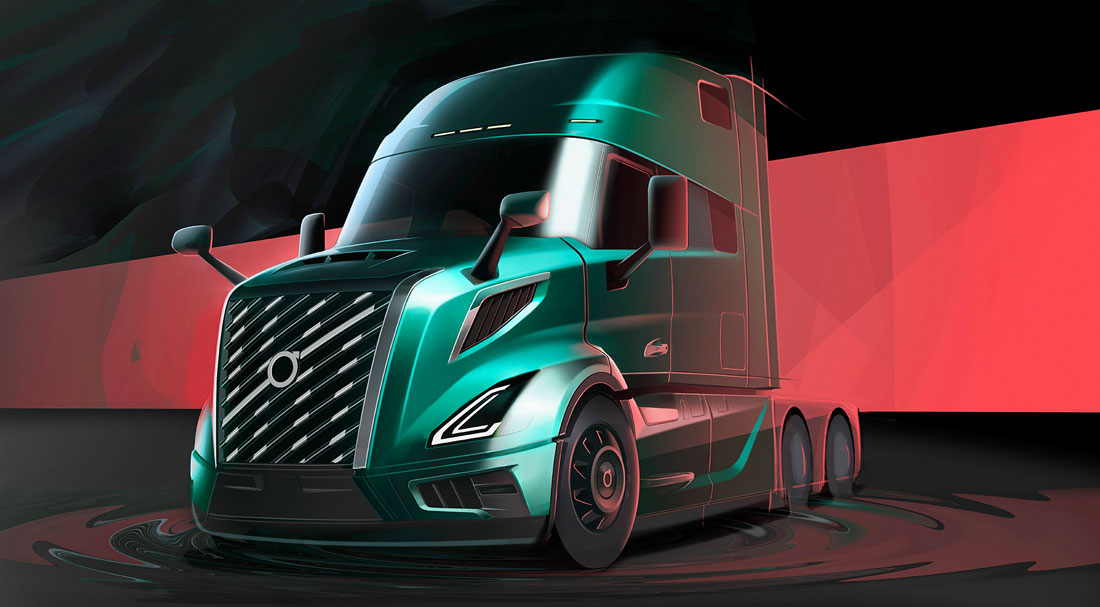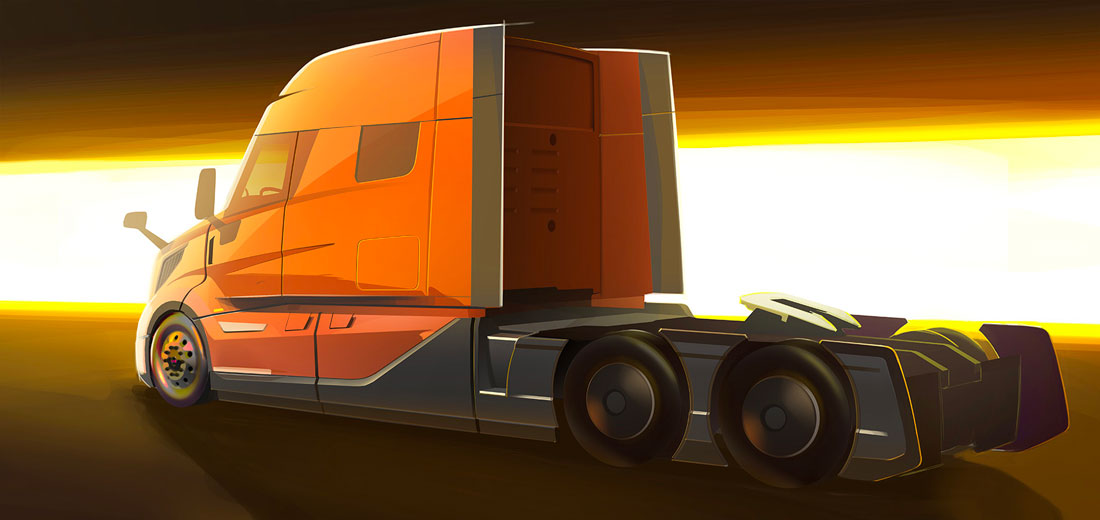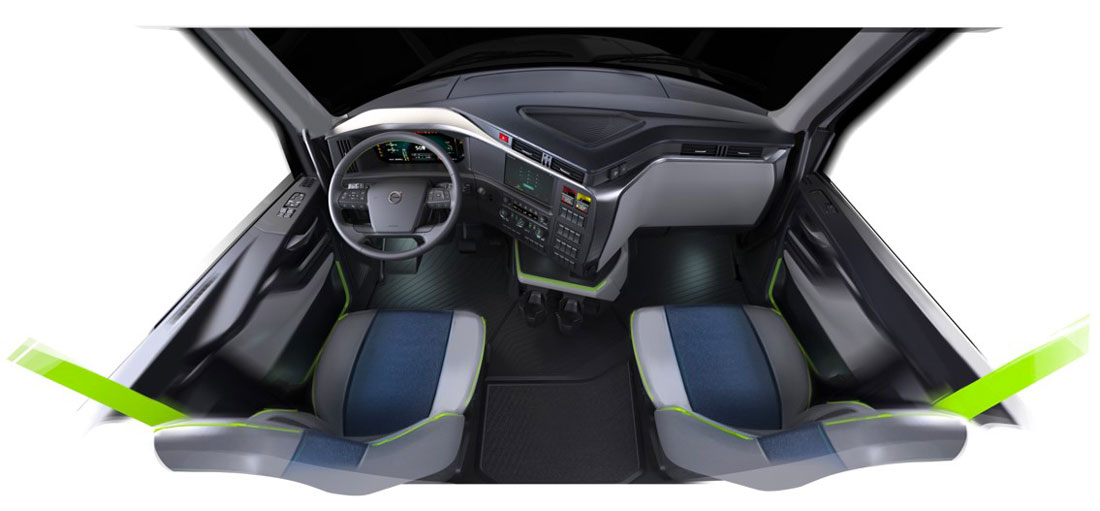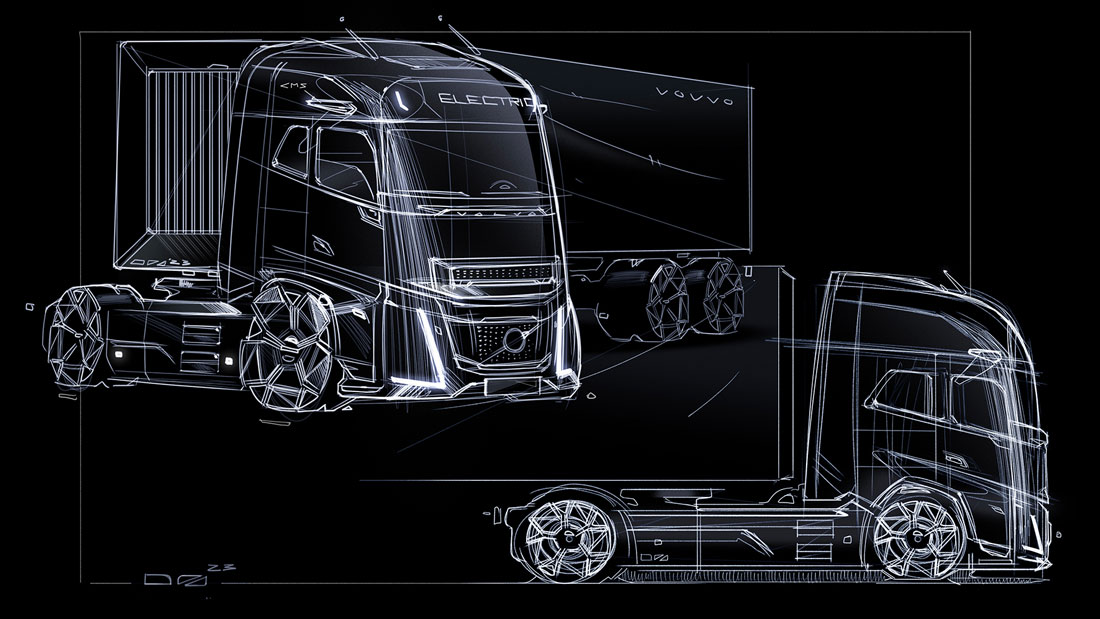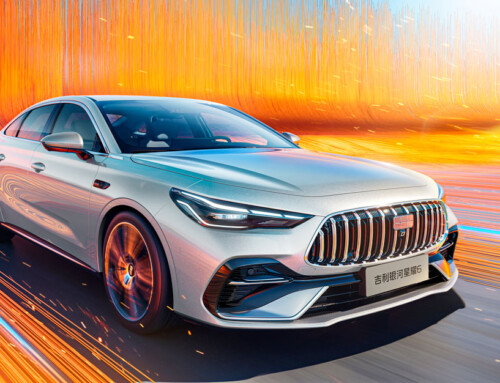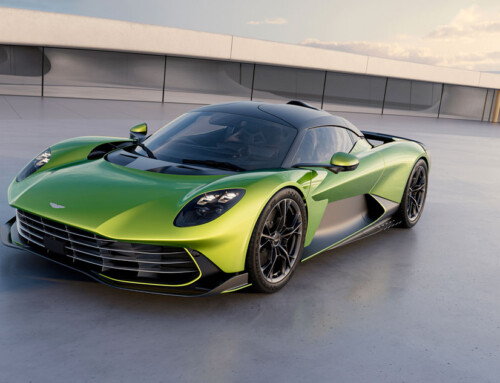We wonder how many top designers there are who, in order to do – as he says – “something that has never been done before,” abandon the glory of premium cars to dedicate themselves to heavy vehicles. We met Jonathan Disley ten years ago, when he was responsible for interior design at Volvo. Which is no small thing. His name came to the fore in the following years for a series of notable concepts from the Swedish company, the latest – at the end of the seven years spent at the helm of the Volvo design studio in Shanghai – the EM90 people wagon. We find him again in Gothenburg, where Mikael Gordh has become leader of Volvo Group Design, responsible for all the Volvo trucks and proud of the latest two new products. Mastodons, this time: the European FH Aero and the American VNL (the initials of Volvo-North America-Long hood). “Here – he says – it is really possible to influence the world of work.”
Each truck represents a job
“The biggest change in the transition from cars to trucks – explains Disley – is that each truck represents an activity, a job. Every mile and every minute counts. If the vehicle is stationary, you lose money. If you burn too much fuel you lose more money.” So, with his two teams of designers – the European one from Gothenburg and the American one from Greensboro in North Carolina – he was committed to increasing efficiency: by 5 percent compared to previous models. “We worked a lot – he explains – on aerodynamics. The American one, with an elongated nose as is common in the United States, is slightly more efficient, although there is strong turbulence between the blast of air on the large grille and that on the enormous windshield.
Looking for balance
Both projects had already been started two and a half years ago, when Disley returned from Shanghai: it was a matter of developing them. “Market research, analysis of user needs and also of the competition. And then the usual doubts: the balance between form and function, between aesthetics and practicality.” Above all, the American VNL was all new and required particular attention, between work in virtual reality and Disley’s regular trips to Greensboro.
Efficiency and sustainability
Paradoxically, the most linear gestation was that of the VNL, led by Brian Balicki who is head of design at Volvo Trucks North America, supported by Alexander Henriques (exteriors), Jason Dabel (interiors) and Brooke Elliot (senior CMF designer). For FH Aero, however, the path was slower, perhaps also due to the quantity of different solutions in the initial research. In the end, explains Disley, a fusion between Scandinavian solidity and sophisticated shapes prevailed, “to obtain a vehicle that exudes power and presence on the road.” “The important thing – he adds – was efficiency and sustainability.”
Five environments dictate colours and shapes
According to Balicki, an important element of the VNL was the decision to use that vast and different continent as a source of inspiration. “A common thread throughout the design process,” says Disley. A common thread called biomes, the study of five natural environments that are part of America and that have dictated colours and shapes: Desert, Prairie, Coastal Forest, Arctic Tundra and Urban environments. Thus, even within the VNL already equipped with every comfort, an environment that reflects the American reality was created. “The biomes – Disley again – are the glue of everything”.
Sustainability also for trucks
In the fusion between automotive design and industrial design, Disley sees “a new phase”: “New opportunities that are slowly starting to emerge. There are designers who come from an automotive background but believe that in trucks there is more meat, more challenges. There have already been good products, but since sustainability has entered the highest levels of design we see more attention for these products. We will see it in the coming years. China has introduced a taste for what is to come, with a great effect on a design that focuses more on uniqueness than heritage. I expect big surprises in the near future.”
(Full article in A&D no. 267)

